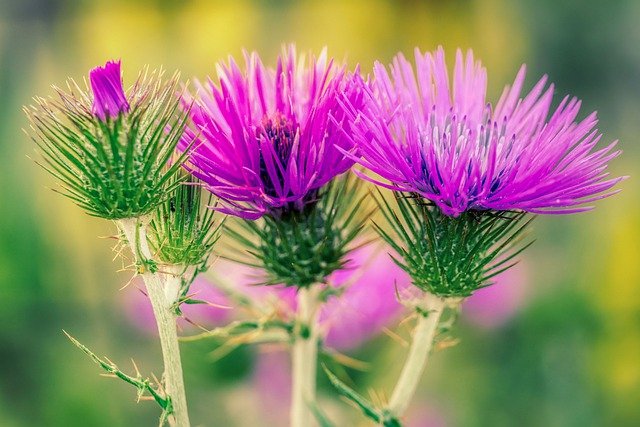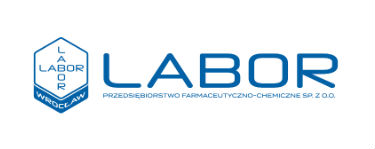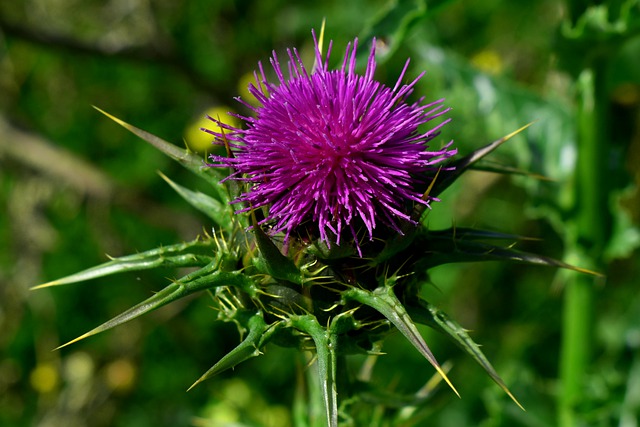In previous entries, I talked about two representatives of the Asteraceae family: coltsfoot and dandelion. Today, another representative of this family – milk thistle (Silybum marianum (L.) Gaertner).
It is a plant native to the Mediterranean area: southern and south-eastern Europe, North Africa, West Asia and some regions of Central Asia (India, Pakistan). As an introduced species (accidentally imported or escaped from crops) it has spread in many regions of the world. Currently it grows wild, also in other places in Africa and Europe, in Australia, New Zealand, North and South America. In Poland, it is a cultivated plant, sometimes going wild when accidentally or intentionally spread.
Milk thistle is also grown in gardens as an ornamental or culinary plant – the bottom leaves (they are devoid of thorns) are used in salads.
Milk thistle is an annual plant, less often biennial, with a thistle-like habit, with a thick stem 1-1.5 m high, with leaves with strongly thorny edges and flowers – large baskets gathered in inflorescences. The fruit, which is the herbal raw material, is achenes (dry, non-bursting, single-seeded fruit) with calyx fluff.

The healing properties of milk thistle have been known since antiquity. In their works, Theophrastus wrote about him (not to be confused with Phillippus Aureolus Theophrastus Bombastus von Hohenheim or Paracelsus, although this doctor and naturalist certainly knew the properties of milk thistle) and, in the Middle Ages, Hildegard of Binden and Nicholas Culperer during the Renaissance.
The herbal raw material is the fruits of milk thistle (Fructus silybi mariani). They contain a number of valuable compounds with a therapeutic effect, including silymarin, flavonoids, biogenic amines, for example tyramine and histamine, organic acids and oil with a high content of linoleic acid.
Perhaps the most important of these substances is silymarin, a compound with a strong antioxidant effect.
Milk thistle preparations containing silymarin are both prophylactic (e.g. administered to people exposed to toxic substances or ionizing radiation) and therapeutic. The indications for use are, for example, cirrhosis of the liver, alcoholic fatty liver, biliary catarrh, cholelithiasis, decreased liver function after jaundice, during the treatment of neoplasms in order to protect against hepatotoxic effects of cytostatics. It is harmless even for pregnant and lactating women.
Milk thistle is also anti-inflammatory, stimulating the regeneration and production of new liver cells, and even detoxifying. It protects the liver against numerous poisons, apparently even from the toadstool (BUT ABSOLUTELY DOESN’T MEAN THAT IT CAN BE STEWED FOR DINNER !!!) ..
Milk thistle seed oil is also used in cosmetics as a moisturizing agent and accelerates its regeneration.
AUTHOR: Dr n. farm. Andrzej Tarasiuk




